This is Mars
Art and science merge in a book of hi-res space camera images that reveals the red planet’s beauty

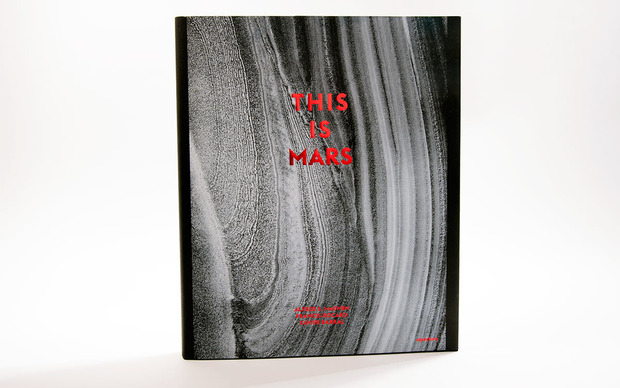
Eight years ago, the NASA space probe Mars Reconnaissance Orbiter was fitted with the largest and most powerful camera (more commonly known as the High Resolution Imaging Science Experiment, or HiRISE for short) to ever be launched past Earth’s orbit. The gains to the scientific community from this mission have been enormous, including the discovery of large amounts of ice on Mars and that the planet’s topography undergoes seasonal changes. But one of the biggest public benefits is the collection of 29,000 (and counting) high-resolution images of Mars’ surface that have been transmitted back to Earth and reveal the beauty of the enigmatic red planet.

French designer and editor Xavier Barral has carefully whittled the number of images down to 152 black-and-white photographs in the oversized hardcover “This is Mars,” from photo authority and publisher Aperture. Canyons, landslides, river deposits, cold jets, impact craters—the terrain of Mars is incredibly diverse and the extraordinarily detailed images from HiRISE change any preconceptions one might have had about what Mars “looks” like. The images are consistent, covering areas three miles across, with no post-production zooming. The book makes a planet 140 million miles away a little more tangible, and feel a little more closer.
Complementing the black-and-white images is an introduction from planetary geologist Alfred McEwen, an essay by French astrophysicist Francis Rocard, maps of Mars and a descriptive image index by Curiosity rover scientist Nicolas Mangold. Cool Hunting spoke with Dr McEwen, who is based at the University of Arizona in Tucson where the HiRISE images are processed, to learn more about the technology behind the captured images.
What is your role in the HiRISE project?
So, I’m the principle investigator of HiRISE. I was involved from the beginning and proposing the whole concept—design, the build of the instrument, testing and launch. At this point it’s an operating instrument, so we do two main things here. One is that we do the science planning, decisions about what to target and the uplink of the exact choices for the various camera settings, so we’ll call that all “uplink.” Then we do what we call “downlink.” We get the data when it comes back and we do all the processing of the data and making our products that are on our website.
I read that the HiRISE camera was designed to last for a few years and that it’s already surpassed that goal. Are the images you’re receiving now considered a bonus?
That’s right. The [MRO’s] primary mission was only two years long, so that ended in around the end of 2008, but everything is healthy. The spacecraft has plenty of fuel and there’s no reason not to keep going.
How long does it take for the HiRISE camera to send the photos back to Earth?
The light time between Earth and Mars varies from something like five to 20 minutes, if I remember right. That’s not very significant, but when we take an image, we take it very rapidly. We’ve collected huge images within just seconds but then we store all the data within our instruments, then it takes 10 minutes or so just to play that data to the spacecraft, a solid state recorder. It then prepares the data in certain ways for transmission. And you know, the spacecraft doesn’t always have antenna time with Earth, so it might have to wait until an antenna on Earth is pointed in the right direction to send data back. It does that for at least eight hours a day, and we usually get our images back within 24 hours of acquiring them.
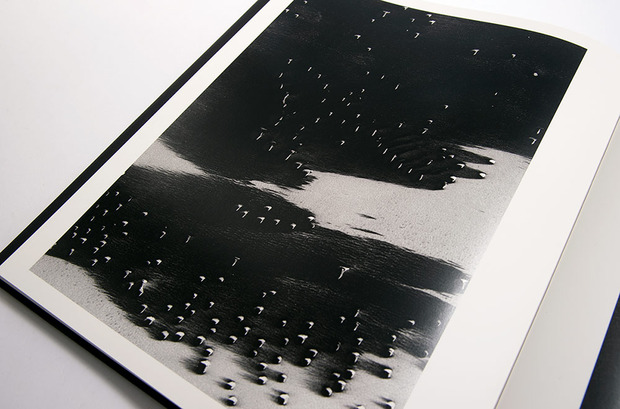
That’s incredibly fast. The textures visible in these HiRISE images are almost unbelievable. If the cover didn’t say Mars, I would have thought this was an art book.
Polar regions are where a lot of weird stuff is… [Page] 164 is a polar scene—a north polar scene—and all those little features there, those are barchan sand dunes, they’re sort of crescent-shaped sand dunes. Most of these sand dunes are active; the wind is blowing the sand. The dunes move about a meter per year. There’s also frost on the surface and some of the bright/dark streaking is where there’s frost. This is one I always liked because the bright area of the dune with frost on it against the black background, it almost looks like a flock of birds or something.
In your essay, you write how each photo teaches something different about Mars. Through the HiRISE project, were there a lot of hypotheses that became disproved?
I think the HiRISE images have really changed the thinking of the science community about many aspects of Mars. It’s had a big effect there—they’re also beautiful images, which is great for people to enjoy. There’s been—oh, I haven’t got a good count, but several hundred scientific papers published based on HiRISE observations. And this is the basis for deciding where to land for the Phoenix mission, for MSL [Mars Science Laboratory] and for future landers, so it has indirect benefits there as well once it lands.
We’ve learned a great deal about Mars from this data, especially about active Mars today. There were debates about whether or not these sand dunes were active today because the air is so thin. Now we know for sure they’re definitely active. And there were debates about gullies and how they formed, but now we’ve observed that they are active in forming almost exclusively in the winter and spring when there’s frost on the ground. So it isn’t water today that’s forming, it’s a process related to this dry ice [frozen CO2] that condenses from the atmosphere.
You’ve learned a lot about Mars today; have you learned anything more about Mars’ history?
Yes, certainly we have, in particular when coordinated with the CRISM, the Compact Reconnaissance Imaging Spectrometer for Mars. They’re identifying the minerals and then from our images you can see exactly which layer or which sort of surface texture and rock corresponds to which minerals. So then we have the information to determine the geological processes and histories of ancient Mars.
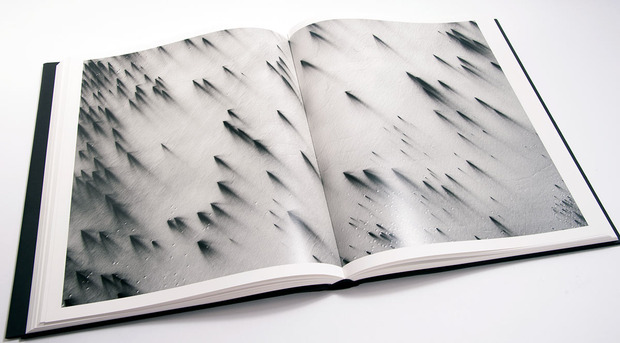
How did HiRISE pave the way for the Curiosity Rover? Could Curiosity have been possible without this project?
We’ve aided them a great deal by learning where to land safely and where to go explore. It might have been more risky [without HiRISE] because in particular, they wouldn’t have known for sure where or not there were things like boulders that would be. If you happen to land right on top of one them, that could be the end of the mission right there. And you could land someplace where it’s just very difficult to drive the rover over. For example, the Opportunity Rover got stuck in some sand dunes for like several weeks. They use our images to decide exactly where to drive so they haven’t gotten stuck now ever since HiRISE has gotten there and provided data for them to use.
Generally, what are the differences between the HiRISE camera and the cameras on the Curiosity Rover?
It’s a much bigger camera. It’s a telescope, it’s a half-meter diameter, primary mirror. The cameras on Curiosity are much smaller—more of a wide angle—but of course, they’re on the surface and can get much closer to the rocks that they’re imaging, so they get higher resolution for things that are close to the rover. [Curiosity’s] is not a more powerful camera, but they have the great advantage of being on the surface.
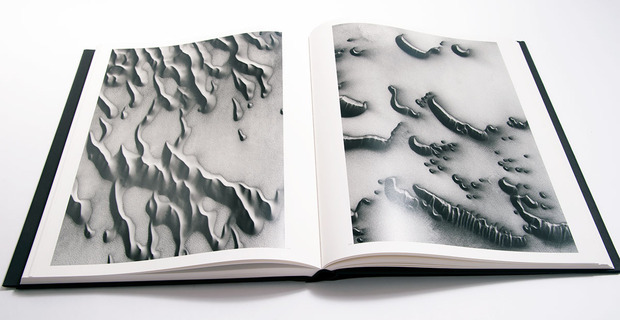
Do you expect to do a similar hi-res imaging project for another planet any time soon?
Maybe—we should do this for the moon. I’m a co-investigator for the Lunar Reconnaissance Orbiter Camera, which has got a huge number of high resolution images. And then future missions, that’s a great idea. There aren’t very many new missions that NASA has planned right now, unfortunately. They’ve cut back Mars quite a bit. They’ve cut back other things even more, given the political problems in this country.
That’s so unfortunate. I can’t imagine what the other planets might look like up close, seeing how Mars looked completely different than I expected.
Yes, hopefully they’ll change that, but we do have all the new images of Mercury from the Messenger mission. I wouldn’t be surprised if they produce an atlas at some point. And for Saturn, there’s certainly lots of possibilities there. And we need new missions to Jupiter because the Galileo mission that was there, the antenna didn’t unfurl properly and so we had very low data rates. We got little bits and pieces only from Jupiter’s system, which is just spectacular…[but] we need to go back there.
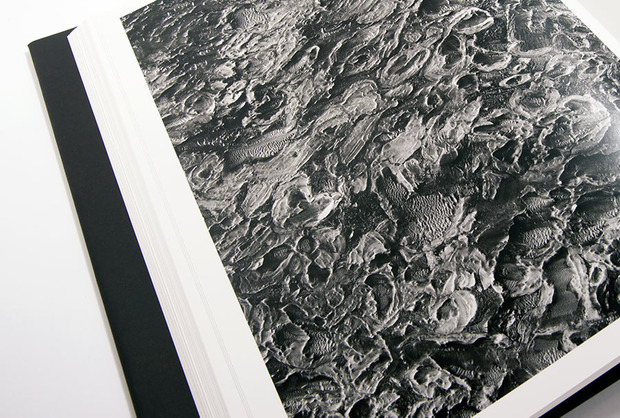
How can people view the images that didn’t make the cut for “This is Mars”?
It’s available to everyone. Go to our HiRISE website—all the images and products at full resolution are available. It takes us a few weeks after we get the data to process it and check it before it’s available to the whole public, but you know, except for the last few weeks, it’s all there. Go there and spend the rest of your life browsing those images.
There’s also something called HiWish. Anybody in the world can go there and suggest images for us to take. Anywhere on Mars, pick your place for a reason. Tell us why you think it’s of interest and submit that, and that goes into our system and it depends on how they get prioritized and what the opportunities are, when you can see things and so forth, but we’ve taken something like 2,000 of those public suggested images already, so they get taken. [HiRISE] was all funded by NASA, taxpayers’ money, and we try to give the public something back for it.
How does the public know what to request?
There’s a number of ways of doing that. One of those ways, there’s another camera on MRO called the Context Camera. It’s six meters per pixel, so it’s like 20 times coarser resolution than HiRISE, but it has a much wider field of view, and so most of Mars has been imaged by that. You can look at that and see wow, that feature looks really interesting, but I wish I had higher resolution, that’s the place to suggest a HiRISE image.
“This is Mars” is available from Aperture for $85.
Photos by Nara Shin












